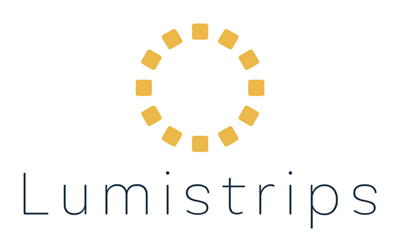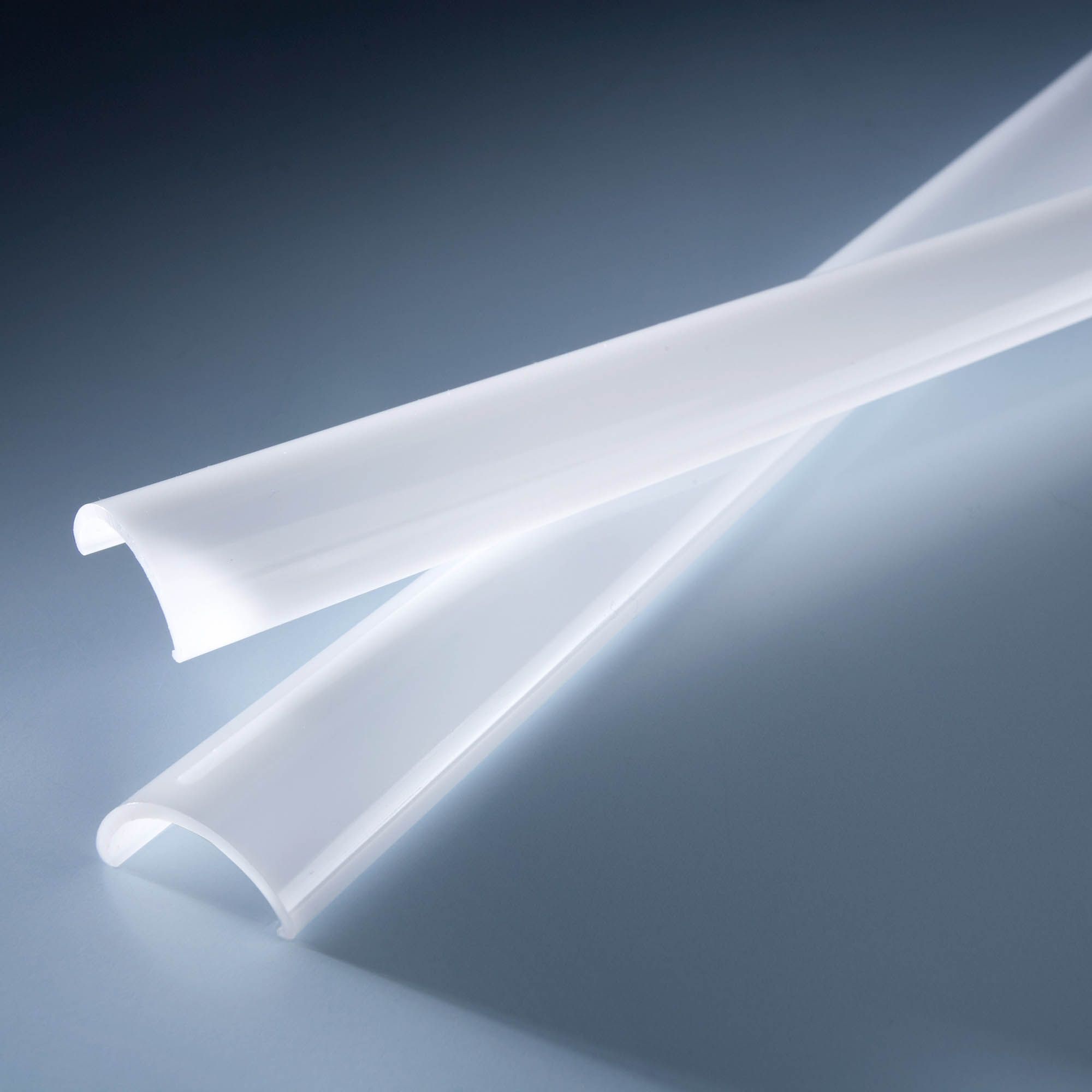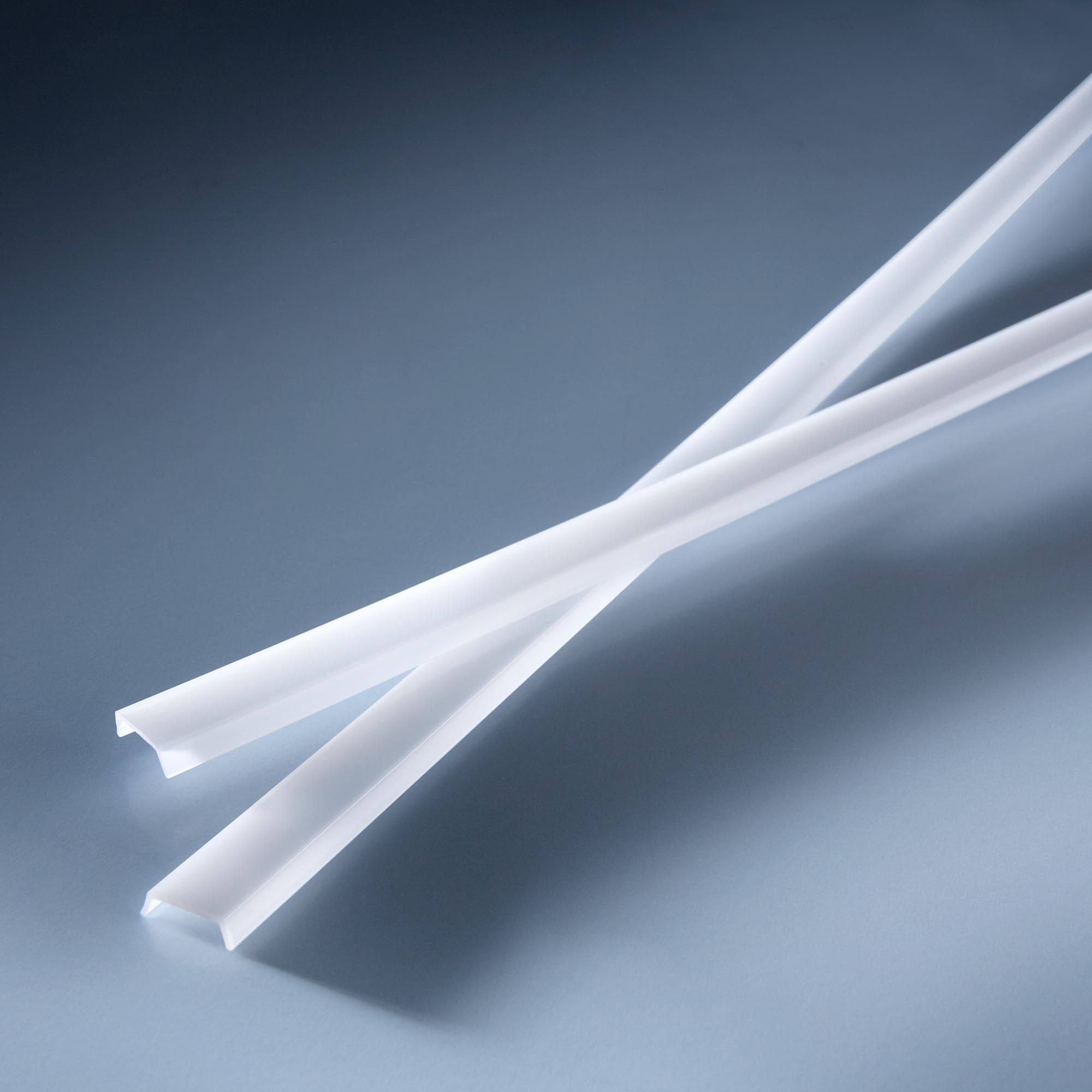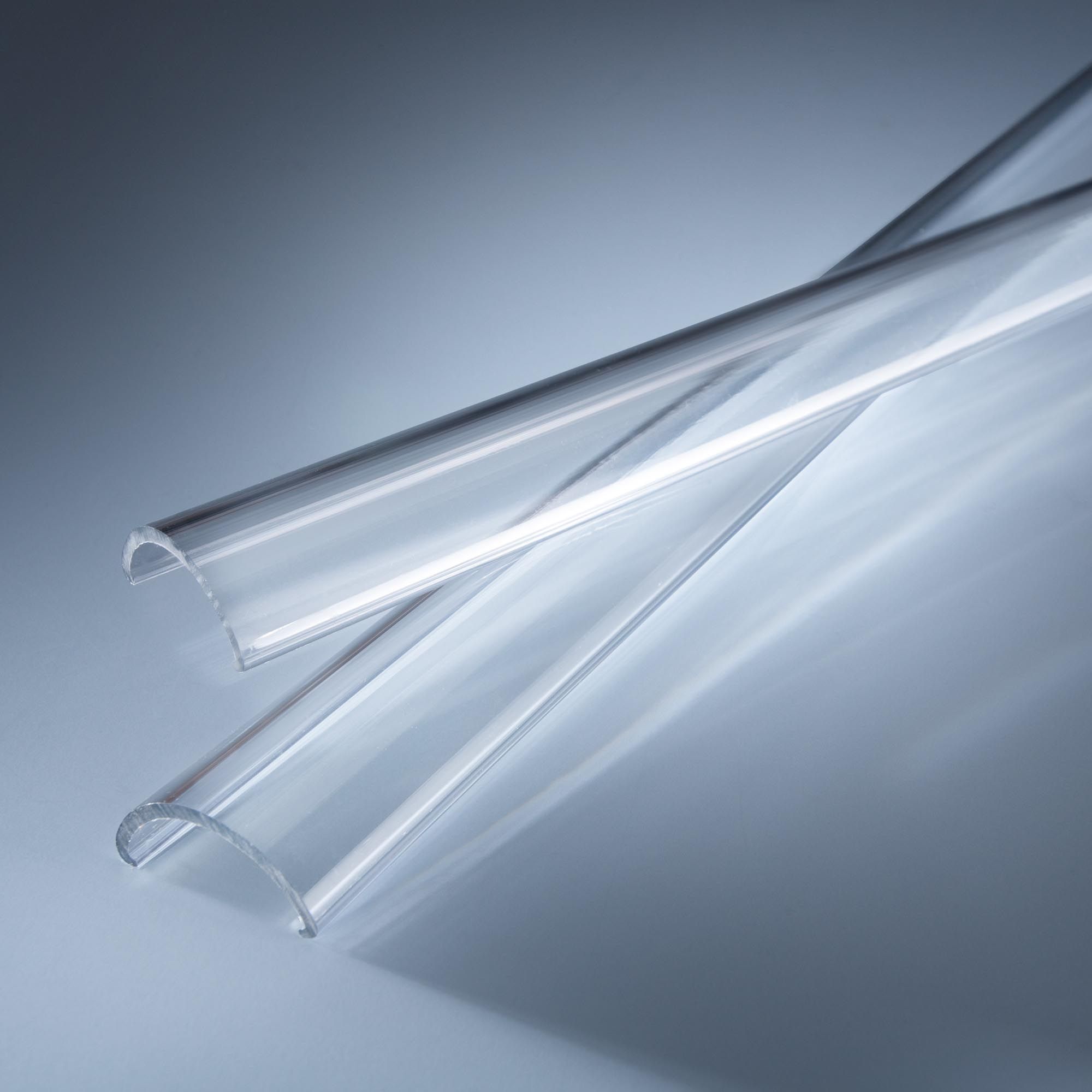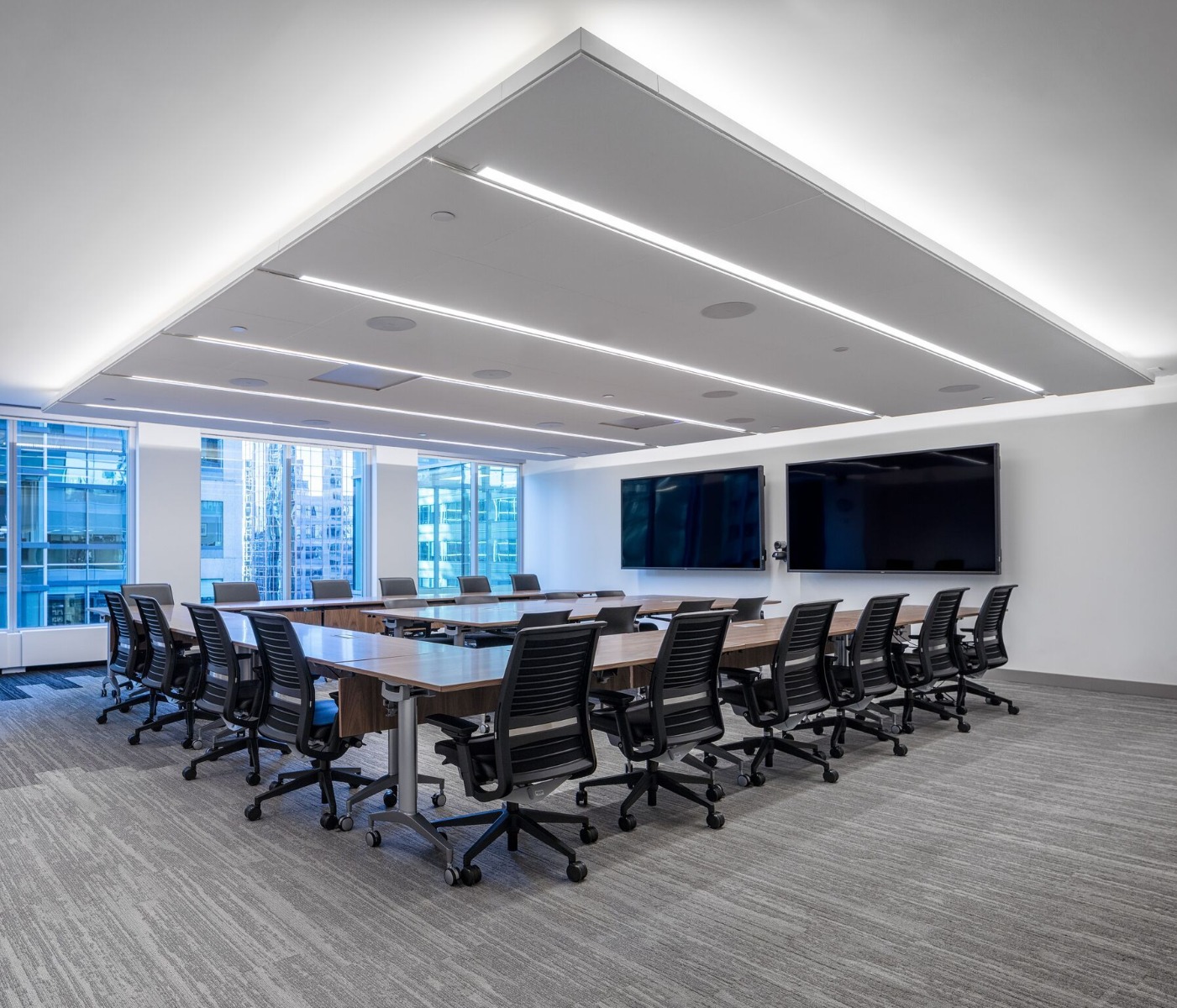This article is intended as a guide for those who are considering purchasing UVC disinfection equipment in 2021. These tips should only be considered as suggestions.
Attention buyers! - There are few recognized standards for equipment designed for UVC disinfection of air and/or surfaces. As a result, there are many advertisements and promotions claiming amazing performance with little or no scientific support.
- Ask the seller for copies of scientific papers that prove that his device actually works as he claims. The scientific work(s) should show the actual reduction of a test micro-organism in the environment in which the device is intended to work.
- Does the product have suitable built-in UV safety sensors for automatic shutdown or does safe operation depend entirely on the operator?
- Does the device comply with NIOSH, UL, IEEE and related safety standards in the country of sale?
- Does the unit emit/generate ozone? If so, does it meet NIOSH requirements. How is the ozone attenuated? (We recommend avoiding ozone equipment, as it poses a safety risk to operators, unless ozone is specifically part of the treatment process and is used in a controlled and safe manner)?
- Is the device used to disinfect medical devices? If so, is it compliant with the requirements of the regulatory body in the EU, USA or country of sale?
- If the device is a UV rod that is used to disinfect a surface (e.g. a worktop or an envelope)
The technical specifications should state the UVC irradiance at a fixed distance from the UV front of the device (e.g. 10 mW/cm2 at 2 cm).
The UV dose (irradiance multiplied by exposure time in seconds) should be at least 20-40 mJ/cm2 to inactivate viruses on perfectly flat and ideal surfaces (details in this article). Thus, if the irradiance at the target surface is 10 mW/cm2, the exposure time should be 2-4 seconds. However, the presence of microscopic gaps on flat surfaces can inhibit disinfection, and disinfection on other materials, such as cloths, may require completely different doses. For example, disinfection of viruses on medical masks may require doses as high as 1000 mJ/cm2. This is a subject that is currently being researched and our current understanding changes almost daily.
With any UV device, you must NOT look at the UV light or expose your hands from the UV side. UV light is a source of skin burns/cancer and can quickly damage the eyes.
Remember that UV disinfection is based on a "line of sight" between the UV lamp and the target surface. If the UV rays are shaded by texture elements on the surface, the shaded areas may receive much less UV light or no light at all. Disinfection effectiveness is therefore determined by the UV dose to which these areas are exposed.
Like any disinfection system, UVC equipment must be used properly to be safe.
They all generate different amounts of UVC light in wavelengths from 200 - 280 nm. UVC light is much more energetic than normal sunlight and can cause a severe, sunburn-like reaction on your skin and could also damage the retina of your eye when exposed.
Some devices also produce ozone as part of their cycle, others produce light and heat like an arc welder, and still others move during their cycles. In general, all disinfection devices must therefore take into account the safety of both man and machine.
These considerations should be taken into account in the operating manual, in user training and in compliance with appropriate safety regulations.
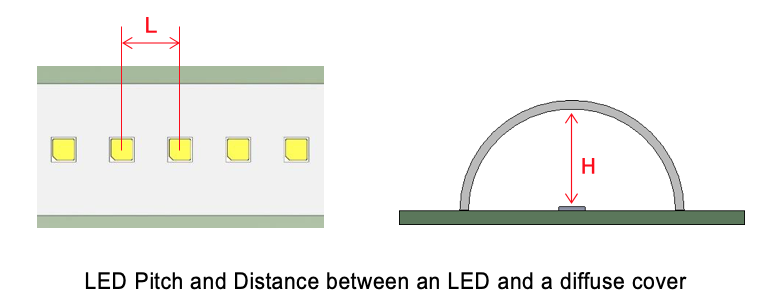

 Lumistrips EN
Lumistrips EN Lumistrips UK
Lumistrips UK Lumistrips ES
Lumistrips ES Lumistrips PT
Lumistrips PT Lumistrips ITA
Lumistrips ITA